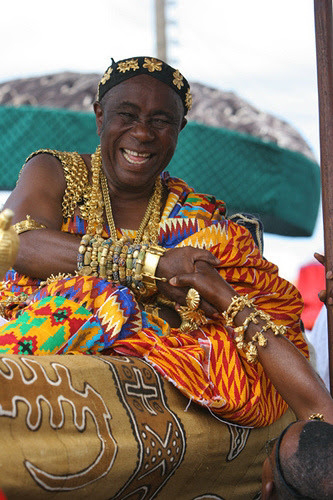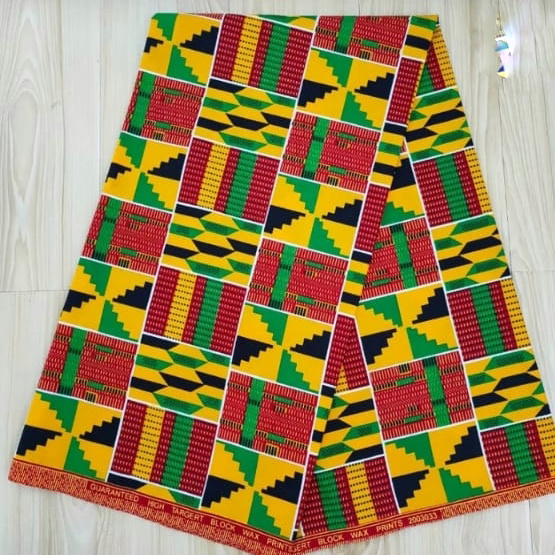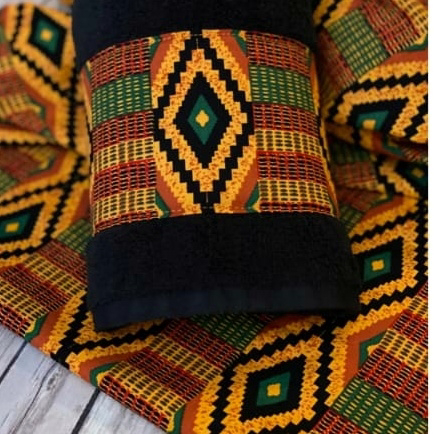KENTE, ASO OKE, AND AFRICA'S RICH CULTURAL HERITAGE
Kente of Ghana and Aso Oke of Nigeria are both traditional colorful textiles with rich cultural significance. Here's some information about their origin, differences, manual production, machine-made Ankara, and their use in the fashion industry:
1. Origin:
- Kente: Kente originated from the Ashanti kingdom in Ghana. It has a deep historical and cultural significance among the Akan people.
- Aso Oke: Aso Oke is a traditional Nigerian textile that originated from the Yoruba ethnic group.
2. Differences:
- Designs: Kente is characterized by its vibrant and intricate woven patterns, often featuring geometric shapes and bold colors. Aso Oke typically has simpler designs with striped or patterned motifs.
- Weaving Technique: Kente is woven in narrow strips using a handloom, and these strips are later sewn together to create larger fabric pieces. Aso Oke, on the other hand, is woven on a broad horizontal loom.
- Cultural Significance: Kente is often associated with royalty, wealth, and special occasions in Ghana. Aso Oke holds cultural importance in Nigerian ceremonies, including weddings, festivals, and other celebrations.
3. Manual Production:
- Kente: The process of making Kente involves several steps. First, the cotton or silk threads are dyed using natural or synthetic dyes. Then, the dyed threads are spun into yarns and woven on a traditional handloom. Skilled weavers meticulously create intricate patterns by manually lifting and lowering the warp threads.
- Aso Oke: Aso Oke is also handmade using traditional handloom. The process involves spinning the threads, dyeing them, and weaving them into the fabric. The weaver operates the loom, manually interlacing the warp and weft threads to create the desired patterns.
4. Machine-made Ankara Kente patterns :
- Ankara, or African wax print fabric, is a type of fabric that gained popularity across Africa, including Ghana and Nigeria. It is not the same as Kente or Aso Oke but has become a prominent textile in African fashion.
- Ankara is produced using a wax-resist dyeing technique. The designs are printed onto the fabric using wax, and then the fabric is dyed. The wax is later removed, leaving behind the vibrant patterns. You can find Ankara with colorful and attractive Kente designs in markets across Africa and beyond the continent.
- Machine-made Ankara refers to Ankara fabric produced using industrial machines, as opposed to traditional manual methods. Machine production allows for larger quantities and faster production compared to handmade textiles.
5. Use in the Fashion Industry:
- Kente and Aso Oke fabrics are highly valued in the fashion industry for their cultural significance and aesthetic appeal.
- They are used to create a wide range of garments, including traditional attire such as dresses, skirts, tops, wrappers, and ceremonial outfits.
- Both Kente and Aso Oke have gained international recognition and are often incorporated into contemporary fashion designs, including fusion styles that blend traditional and modern elements.
- These fabrics are also used in accessories like bags, shoes, and jewelry, allowing individuals to showcase their cultural heritage and express their style.
In summary, Kente and Aso Oke are two distinct traditional textiles from Ghana and Nigeria, respectively. They have different designs, weaving techniques, and cultural significance. Both are handmade using traditional methods, while Ankara is a machine-made fabric. All three fabrics play a significant role in the fashion industry, representing cultural heritage and inspiring contemporary fashion and style.




















Comments
Post a Comment